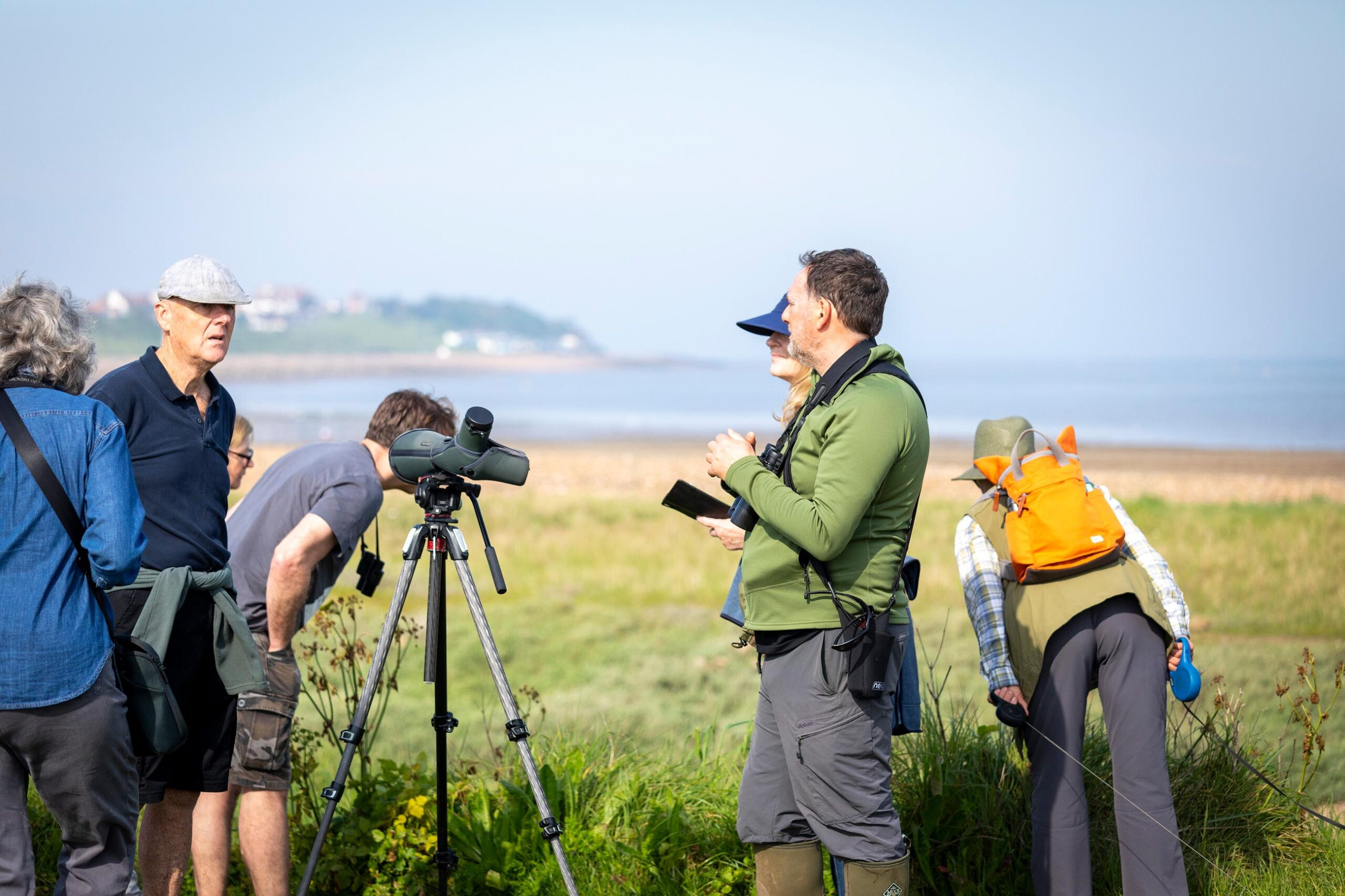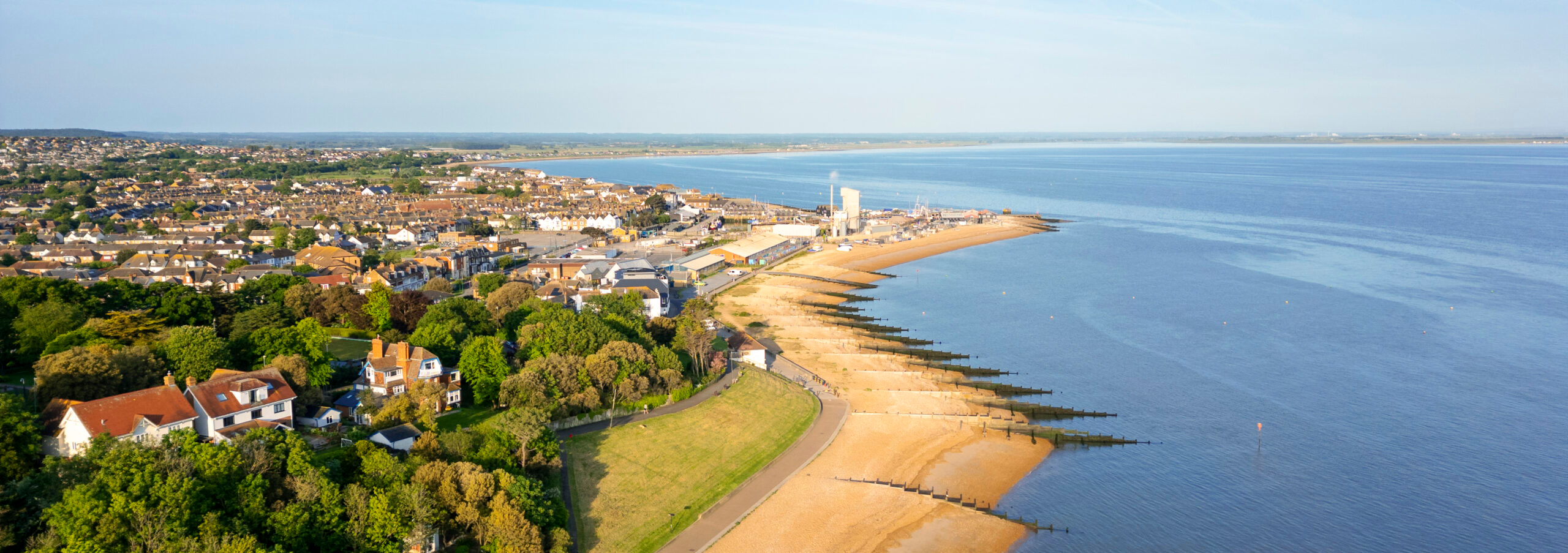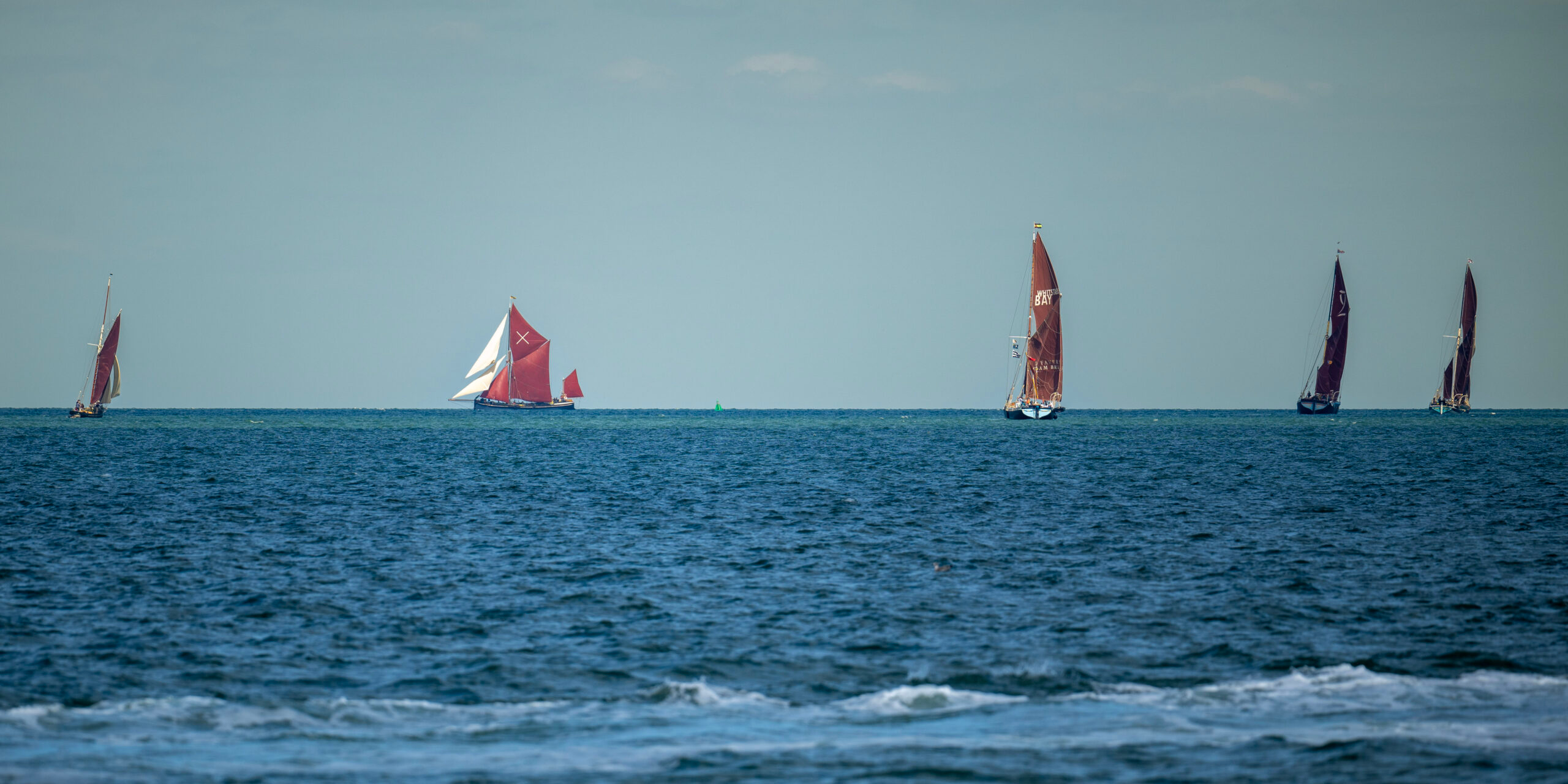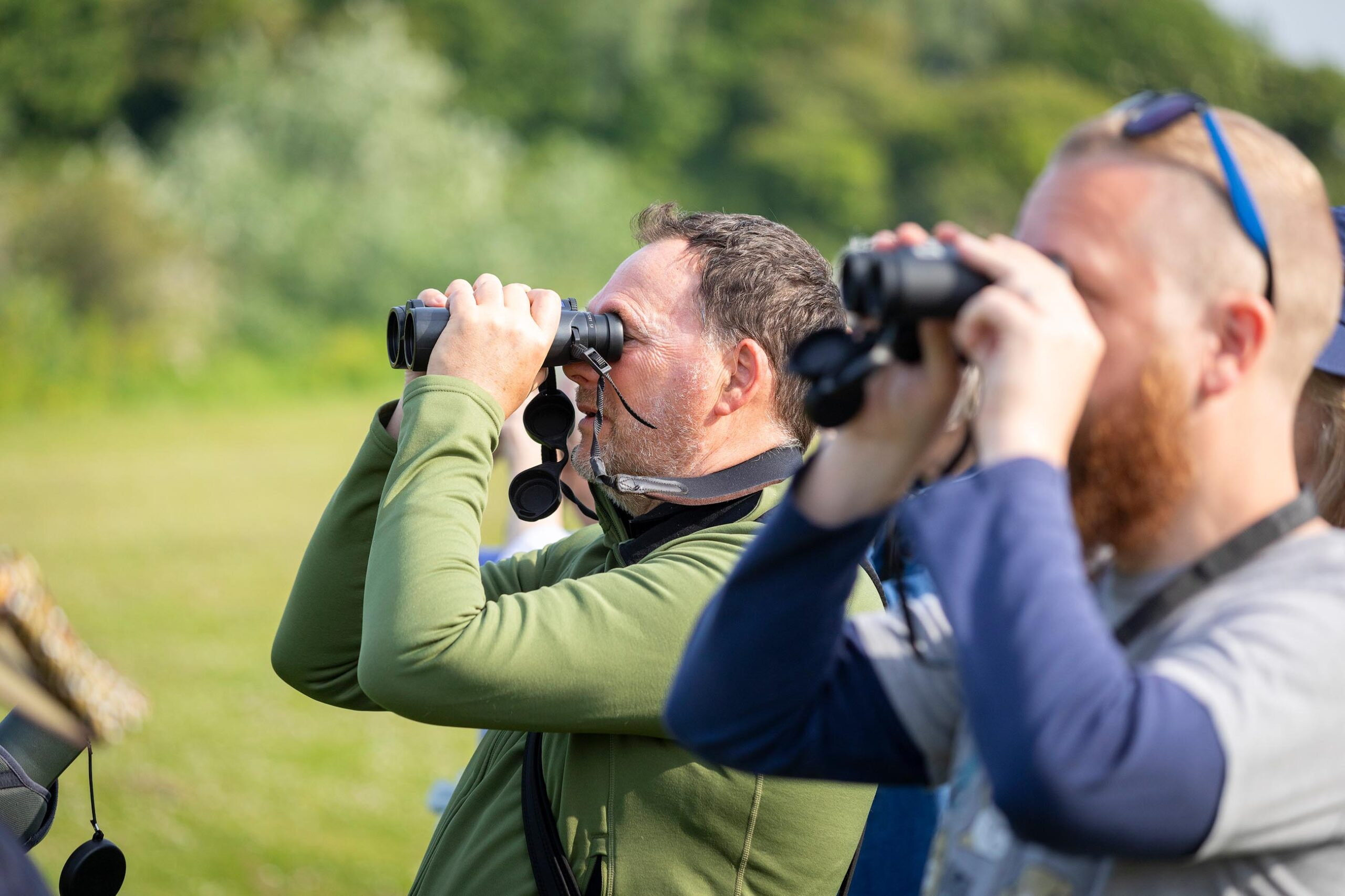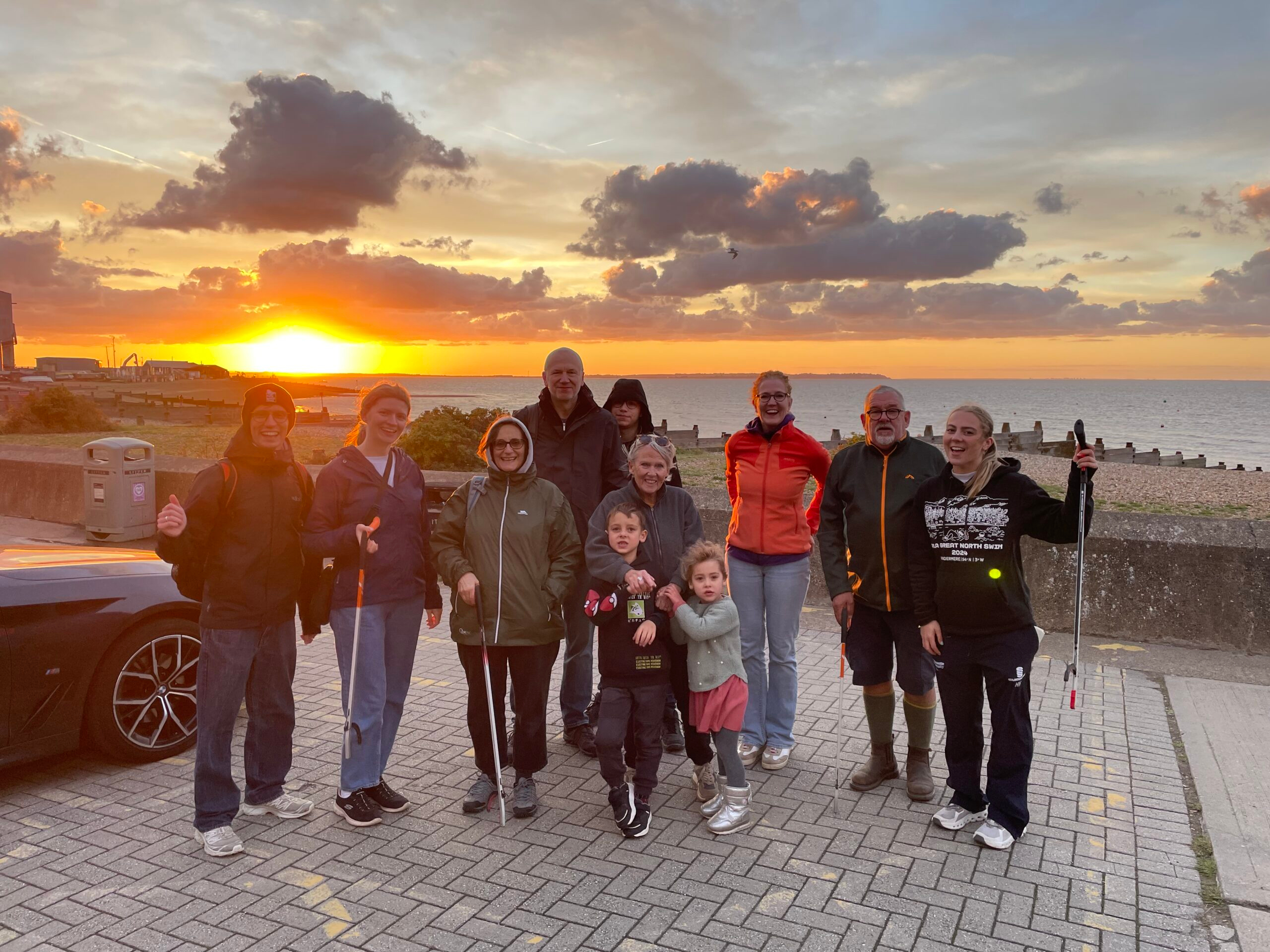The cockle boats are easy to spot in the Harbour because they are painted a distinctive blue and carry a large hoover on deck that runs the length of the craft. They are here because the Thames Estuary sustains some of the largest populations of common cockles (Cerastoderma edule) in the UK. Reports that the Thames fishery is one of the oldest and most important in Europe with a total of 2560 tonnes of cockles being landed in Kent in 2022, worth over £1.75 million.
The cockle enjoys clean sand, muddy-sand, mud and muddy-gravel as found in tidal estuaries because they are a shallow burrowing bivalve. They live within the top 5cm of the surface of the mud so they can reach the overlying water for feeding and respiration. Cockles are active suspension feeders using a siphon tube to hold the food suspended in the water column. The shell reaches a maximum length of 5cm. The outer shell is off-white, yellowish, or brown.
Most cockles live for 2-4 years, but some individuals have been found to be over 10 years old. The cockle’s predators are brown shrimp, shore crabs, starfish, snails, worms, flatfish species and a variety of wading birds such as oystercatchers and knots. Cockles mature after 2 years, spawning in the summer when individuals can produce 200,000 to 700,000 eggs per animal. Cockle larvae are planktonic and spend 3-5 weeks floating in the sea before they metamorphosise and settle on the seabed between May and September.
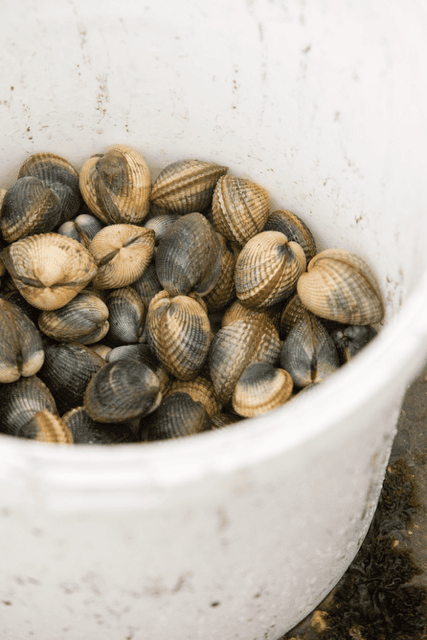
The Thames cockle fishery is the only Marine Stewardship Council (MSC) certified fishery in Kent. The fishery is limited to what they can catch during specific months of the year and can only harvest cockles of a minimum size and quantity. This makes sure the shellfish have time to reach maturity and reproduce which is a key part of fishing sustainably. It also factors in the needs of estuary wildlife such as wading birds that overwinter on the tidal banks and feed on the cockles.
The large pipe on deck is the Hydraulic Suction Dredge used to capture the cockles. This is one of the few methods allowed to harvest cockles and is the most efficient. The Kent boats fish by towing the hydraulic dredge along the seabed at speeds between 2 and 6 knots. The blade on the dredge is set to penetrate a minimum depth of 5cm. and the minimum landing size is 16mm. The fishing season runs from July to October.
This item is based on an article provided by Max Renton, a Consultant with Adonis Blue Environmental Consultants, associated with Kent Wildlife Trust, is an ecological consultancy which returns all profits to conservation work in Kent.


